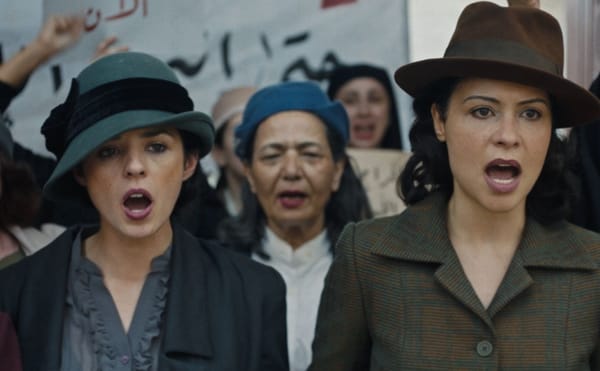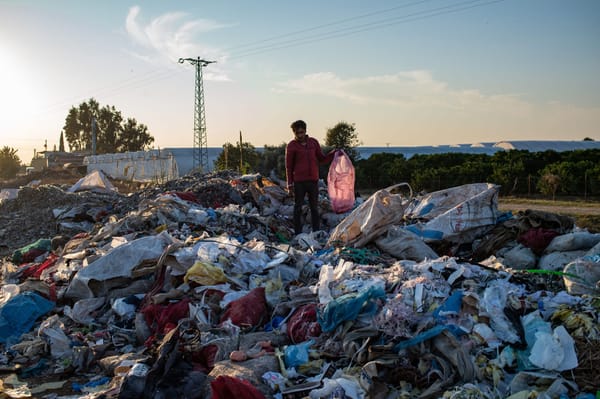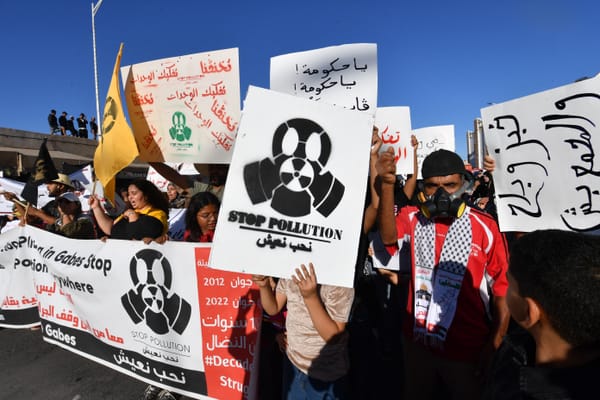Do Immigrants Have First Amendment Rights?
“War on Terrorism Hits LA,” the headline of the Los Angeles Herald Examiner screamed on January 27, 1987. The Los Angeles Eight, as the seven Palestinians and a Kenyan came to be known, are still fighting deportation today. Dangerous security risks? The Immigration and Naturalization Service said so









